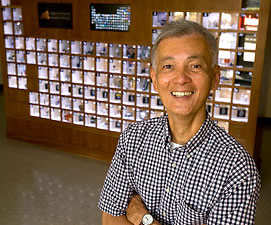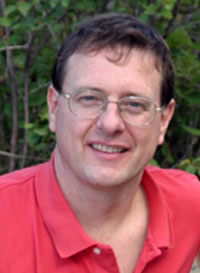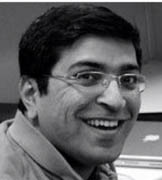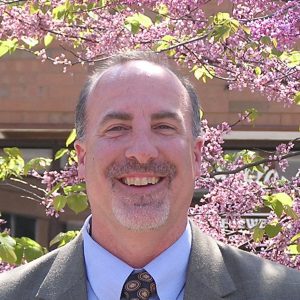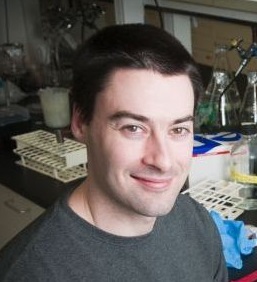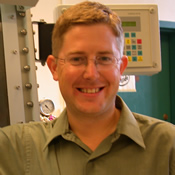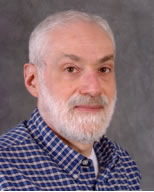William Pomerantz
Research in our group focuses on modulating protein-protein interactions through the use of small molecules and bio-inspired peptide scaffolds. Within this interdisciplinary research program, we combine techniques in organic synthesis, biophysics, biochemistry and molecular biology to investigate the folding/misfolding and disease pathways of intrinsically disordered proteins (IDPs). Our research program exploits the bio-orthogonality and the
Read More


